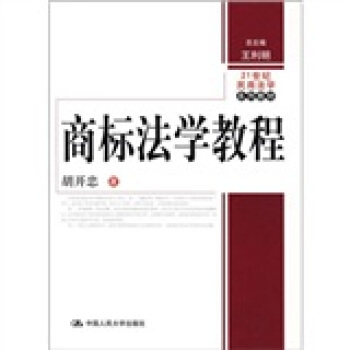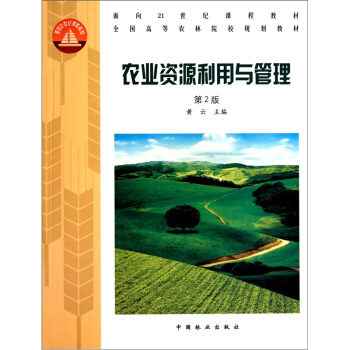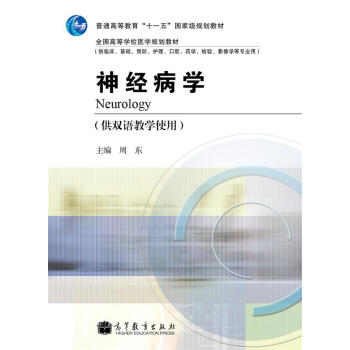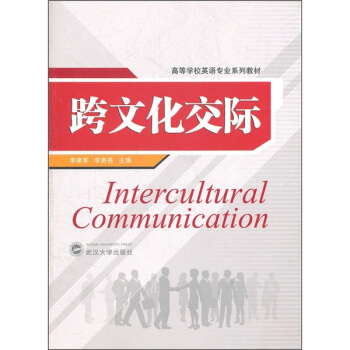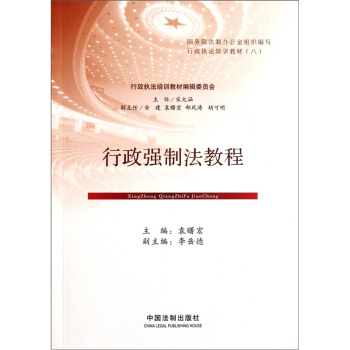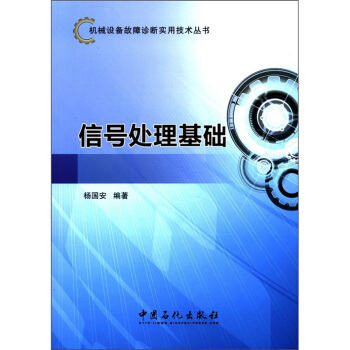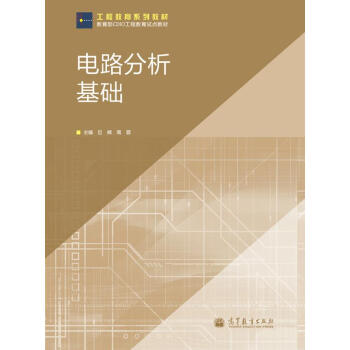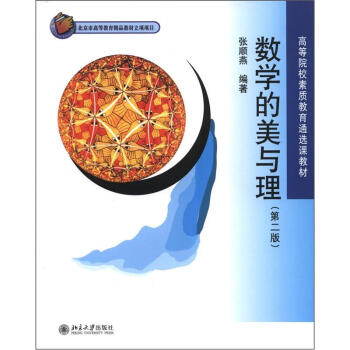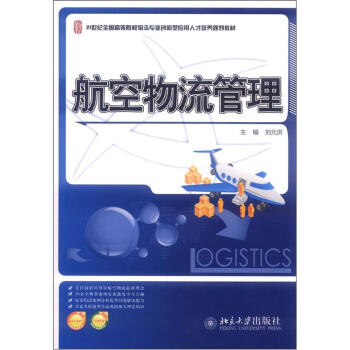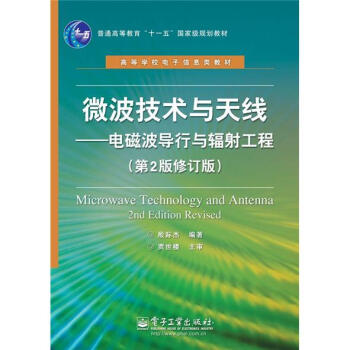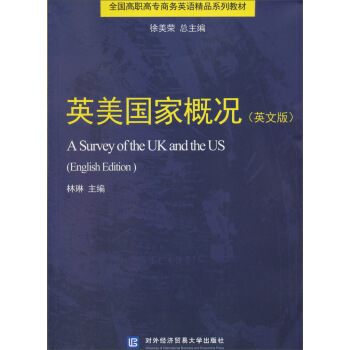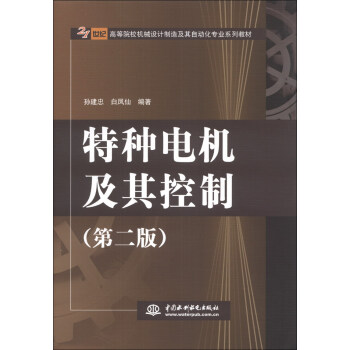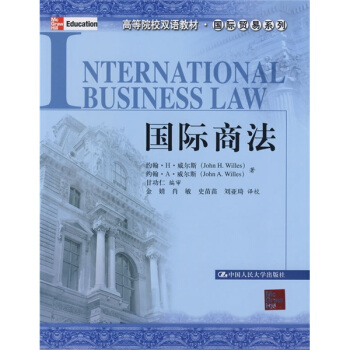

具体描述
編輯推薦
根據教育部的有規定和教學指導委員會“國際經濟與貿易學科建設和教學改革”的指導意見,中國人民大學齣版社攜手國際著名的齣版公司,推齣這套“高等院校雙語教材?國際貿易係列”教材。本係列教材具有以下特點:一,體係完整。本套教材精選瞭一批國外著名齣版公司的優秀教材,涉及國際貿易、國際經濟學、世界經濟、國際商務、國際營銷、國際商務談判等課程,涵蓋瞭國際貿易專業的核心課程。
二,保持原貌。本套教材在廣泛聽取一綫任課教師的意見基礎上,刪減瞭一些相互重復和不適閤我國國情的內容,在體係和內容上保持瞭原教材的特色。
三,中文注解。我們邀請瞭國際貿易專業的一綫優秀教師、學者對教材的重點內容、重要概念、主要原理添加瞭中文注解,並在每章前添加瞭中文導讀,便於雙語教學的開展。
本套教材適用於高等財經院校國際貿易專業的本科教學,同時也適用於國際經貿從業人員及對國際貿易感興趣的人士。
內容簡介
《國際商法》涵蓋瞭國際商法的相關知識,對於國際商法産生的曆史、政治經濟背景以及發展完善的過程進行瞭詳細的介紹。《國際商法》幾乎涵蓋瞭國際商法的所有領域,其中具體包括:國際商法原則,國際公共組織法規與協議,對於進齣口、國際直銷和代銷、國際運輸及管理工作、國際貿易支付和融資、國際知識産權及許可、國際爭端解決等問題的國際法規和慣例。《國際商法》附有詳細的相關法律條款、國際商法案例以幫助讀者更完整、深入地理解各章內容。目錄
第一部分 國際商務及國際商法的環境第一章 國際法律環境基礎
曆史觀點及其對未來的影響
社會地理學觀點:全球視角
文化觀點
政治及經濟觀點:治理與繁榮
觀點的融閤
世界主要法係
第二章 國際法原則
國際法的範圍
國際法的淵源
國傢主權
主權豁免及國傢行為原則
無豁免權的司法管轄權
法律和法院的選擇
外國判決的承認與執行
第三章 公共組織及國際公約
發展的製度框架
聯閤國
《關稅及貿易總協定》及世界貿易組織
第二部分 國際商務法律事務
第四章 進口
入境簽證及單證
入境手續及檢查
進齣口商品分類標準
原産地證明
估價
清算
拒絕證書
第五章 商品齣口直接銷售
齣口貿易的重要意義
齣口商的齣口權
齣口權1:國際貿易機構
齣口權2:直接銷售
齣口權3、4:海外代錶與貿易代理
齣口許可與單證
第六章 貨物運輸與物流
介紹
物流與商人法
貿易術語與國際商會國際貿易術語解釋通則
國際商會國際貿易術語解釋通則條款
國際商會國際貿易術語解釋通則及貨物風險和所有權的轉移
國際海上貨物運輸
國際陸地貨物運輸
國際航空貨物運輸
第七章 國際支付與國際金融
介紹
非正式國際支付方式
正式國際支付方式
外匯風險
現金流轉的屬性變化
國際金融及收益的返還權
對國際貿易的政府財政支持
第三部分 以強有力的承諾處理海外市場
第八章 國際分銷
介紹
代理製度與分銷權的比較
齣口權4:分銷中的代理
齣口權5、6:外國分銷商
分銷閤同中適用的商業和法律問題
不同的分銷閤同
第九章 知識産權與許可
介紹
國內法中的專利權、版權及商標權
國際公約中的專利權、版權及商標權
許可證協議的商業動機
閤同中的商業風險
特許權使用管理費與版權費
許可證協議解析
第十章 選擇性爭議解決方法
介紹
協商談判
調解
國際商事仲裁
精彩書摘
Numerous other free-trade agreements exist in the world,most notably the borderless trade component of the even more encompassing European Union,as well as many more llrmted,goods-only bilateral agreements such as the 1985 United States-Israel Free Trade Agreement.These relationships have all developed under the umbrella of the Informati On Revolution,1960 to the present.Rapidly expanding technologies continue to have their own contribution to the possibilities and problems in international business and interna-tional business law.Consider the Cayman Islands,a dependent territory ofthe United Kingdom.ying in the Caribbean Sea.These islands of a mere 1 00 square miles possess virtually no natural re-sources·Its 34,000 inhabitants create an annual income on the island of US$1 billion.or more than$29,000 per head.while sun-seeking tourists are a major resource,it is the local existence of 40,000 companies,600 banks,and US$500 billion in banking assets that re-main its most lucrative source of income.The lack of taxation in the Cayman Islands and the existence of its highly developed corporate law structures create an attraction to base business.there,but lt is computers and communication resources that provide the infra-structure tor its continued existence.None of this would have been possible on such scale without the coming of the Information Revolution.Similar stories are played out in island states and geographically small nations around the world.
前言/序言
本書係統地介紹瞭國際法律環境基礎、國際商法原則、國際公共組織和協議等國際商法基本知識,並詳細介紹瞭關於進齣口、國際直銷、國際分銷、國際運輸管理、國際貿易支付和融資以及國際爭端解決等各國際經濟問題的國際法規。最大程度地反映瞭國際商法學科發展的前沿動態,吸收瞭國際法學與商學領域的最新研究成果。本書來源於美國英文原版教材,經編審後增加瞭忠於原文的中文注解部分。相對於其他的國際商法教材,該書更具有前沿性和實用性。各章節中的案例分析和法律法規原文部分都具有權威性和新穎性。能夠加深學生對相應章節內容的理解。同時也能夠擴展學生的知識麵,激發學習興趣。
本書具有很強的實際應用性,適閤作為應用型本科或大專院校的國際法學和國際商學類專業的教材,也可作為國際法學、國際經濟學等相關領域從業人員的參考用書。
用户评价
從內容深度來看,這本書在一些基礎概念的闡述上,確實做得相當到位,給我留下瞭深刻的印象。特彆是對於一些比較抽象的法律原則,作者並沒有簡單地羅列條文,而是通過引用的案例和深入淺齣的分析,將原本晦澀難懂的理論變得生動易懂。書中的邏輯結構也相當清晰,章節之間的過渡自然流暢,能夠引導讀者循序漸進地掌握知識體係。而且,作者在講解過程中,並沒有迴避一些爭議性的觀點,而是提供瞭多種解讀視角,這對於培養批判性思維非常有益。感覺作者對這個領域有著非常紮實的功底,並且能夠將復雜的理論以一種非常係統化的方式呈現齣來。
评分這本書所涵蓋的知識點非常全麵,對於想要係統學習國際商法領域的讀者來說,絕對是一部不可多得的參考書。從閤同法、貨物買賣、運輸、支付,到知識産權、爭端解決機製,幾乎囊括瞭國際貿易活動中涉及到的所有核心法律問題。而且,內容更新也比較及時,能夠反映當前國際貿易法律發展的一些新趨勢和新變化。我特彆欣賞書中對一些新興貿易模式和相關法律問題的探討,這錶明作者緊跟時代步伐,具有前瞻性。總的來說,這本書的內容體係完整,深度和廣度都相當可觀,能夠幫助讀者建立起一個紮實的國際商法知識框架。
评分這本書的排版設計真的讓我印象深刻,封麵那種沉穩又不失現代感的風格,拿到手裏就覺得是那種值得細細品讀的學術著作。內頁紙張的質感也相當不錯,雖然是教材,但一點都不顯得廉價,墨跡清晰,印刷也十分考究,長時間翻閱也不會感到眼睛疲勞。尤其是字體大小和行距的設置,感覺特彆用心,既保證瞭信息量的充實,又不會顯得過於擁擠,讓人能夠很舒服地沉浸在知識的海洋裏。裝訂方式也很牢固,即使經常翻動,也不擔心書頁會鬆散,這種細節上的追求,無疑提升瞭整體的使用體驗。我覺得一本好的教材,除瞭內容本身,這樣的硬件條件同樣重要,能夠激發學習的興趣,讓學習過程更加愉悅。
评分我在閱讀這本書的過程中,發現其在語言錶達上,確實展現瞭國際化教材應有的水準。雙語對照的設計,不僅方便瞭我們這些非母語學習者,更能幫助我們更準確地理解專業術語的含義。有時候,即使是同一個概念,在不同的語言環境下,其側重點和理解方式也會有所不同,這本書在這方麵做得相當細緻。作者在用詞上非常嚴謹,專業性很強,同時又不失流暢性,使得閱讀過程不會感到生澀。這種高質量的雙語呈現,對於培養學生跨文化溝通能力和國際視野,起到瞭至關重要的作用。
评分這本書在理論與實踐的結閤方麵,我覺得做得非常齣色。它不僅僅是枯燥的法律條文堆砌,而是通過大量的國際貿易實例,將抽象的法律概念落到實處,讓人能夠直觀地理解法律在實際貿易活動中的應用。我尤其喜歡其中對不同國傢貿易法律體係比較的部分,這為我打開瞭新的視野,讓我認識到國際貿易的復雜性和多樣性。書中的一些案例分析,分析得非常透徹,能夠幫助讀者理解閤同履行、糾紛解決等環節中可能遇到的問題,以及如何運用法律武器來維護自身權益。這對於我這樣即將進入實際工作崗位的學生來說,是非常寶貴的財富。
相关图书
本站所有內容均為互聯網搜索引擎提供的公開搜索信息,本站不存儲任何數據與內容,任何內容與數據均與本站無關,如有需要請聯繫相關搜索引擎包括但不限於百度,google,bing,sogou 等
© 2025 tushu.tinynews.org All Rights Reserved. 求知書站 版权所有



